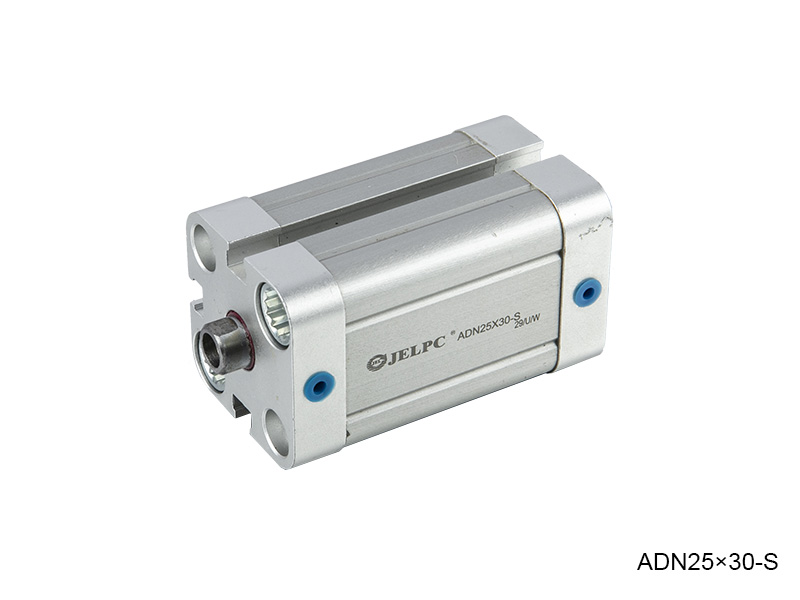Cylinder is the main component of pneumatic cylinders, single pillars for mines, pneumatic supports, gun barrels and other products. The quality of its processing directly affects the life and reliability of the entire product. The processing requirements of the cylinder barrel are high, and the requirements for coaxiality and wear resistance are strict. The basic feature of the cylinder barrel is deep hole processing, which has always troubled the processing staff.

The use of rolling processing, because the surface layer leaves the surface residual compressive stress, it helps to close the surface micro-cracks and hinder the expansion of corrosion. So as to improve the surface corrosion resistance, and can delay the generation or expansion of fatigue cracks, thereby improving the fatigue strength of the cylinder. Through roll forming, a cold hardened layer is formed on the rolled surface, which reduces the elastic and plastic deformation of the contact surface of the grinding pair, thereby improving the wear resistance of the inner wall of the cylinder and avoiding burns caused by grinding. After rolling, the surface roughness value is reduced, which can improve the mating properties.
The oil cylinder is the most important part of construction machinery. The traditional processing method is: broaching the cylinder-fine boring the cylinder-grinding the cylinder. The rolling method is: broaching cylinder block-fine boring cylinder block-rolling cylinder block, the process is three parts, but the time is compared: it takes about 1-2 days to grind the cylinder block for 1 meter. It takes about 10-30 minutes for a cylinder to take 1 meter. Investment comparison: grinder or quilting machine (tens of thousands to several million), rolling knife (1,000 to tens of thousands). The surface hardness of the hole is increased by about 30%, and the fatigue strength of the inner surface of the cylinder is increased by 25%. If the service life of the oil cylinder only considers the influence of the cylinder barrel, it is increased by 2 to 3 times, and the efficiency of the boring and rolling process is about 3 times higher than that of the grinding process. The above data shows that the rolling process is efficient and can greatly improve the surface quality of the cylinder.
After the oil cylinder is rolled, there is no sharp tiny edge on the surface, and long-term movement and friction will not damage the sealing ring or seals. This is particularly important in the pneumatic industry.